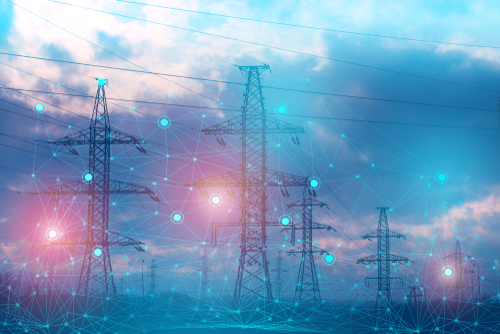Brattle Group report urges federal, state and grid operator collaboration on cost-effective transmission options

In order to meet clean energy goals and make wind transmission more cost-effective and beneficial, increase grid reliability, and more, federal, state, and grid operators need to immediately begin working collaboratively, according to a new report from The Brattle Group.
Leveraging existing studies in the United States and Europe, the report – The Benefit and Urgency of Planned Offshore Transmission – estimates that the benefits of proactive transmission planning for over 100 gigawatts (GW) of likely U.S.offshore wind generation developments over the next 20-30 years include:
- Transmission-related savings of at least $20 billion
- 60-70 percent fewer shore crossings and onshore transmissions upgrades
- 50 percent fewer miles of marine transmission cable installations impacting the sea bed – or about 2,000 miles
- Increased competition in procurement, better consumer savings and grid reliability, and more
“There is no time to lose if we want to achieve any of these benefits,” Johannes Pfeifenberger, lead author of the study and a principal at The Brattle Group, said. “It requires that we start now to develop least-regrets transmission plans that can support states’ near-term offshore wind goals while simultaneously creating attractive transmission solutions to meet our long-term clean energy needs. Doing so will require unprecedented close coordination between states, federal agencies, and regional grid operators, along with significant improvements to the generation interconnection and grid planning processes used today.”
The report considered existing studies from the United States and Europe and came at a time when the Biden administration has set a 2030 goal of 30 GW of offshore wind deployment as a milestone to 110 GW by 2050. Already, 11 coastal states have set procurement targets backing this, with figures exceeding 50 GW through 2035 and more than 75 GW by 2045. It can take at least a decade to plan and build major new transmission lines as a result of current processes.
Without such planning, the report added, consumers could be saddled with billions of dollars of unnecessary costs while increased impacts hit coastal habitats and communities. Because of this, it urged working now to standardize offshore transmission technologies, improve existing planning processes, utilize federal support and funding, and coordinate cross-state.
“Offshore wind energy presents an unprecedented opportunity for our nation to harness a clean and abundant power source while also creating tens of thousands of jobs and driving economic growth,” JC Sandberg, American Clean Power (ACP) Chief Advocacy Officer, said. Today’s report makes clear that it is vital to start proactively planning transmission and streamline interconnection rules today to connect more than 100 gigawatts of offshore wind to the grid over the coming decades.”
The report was commissioned by industry stakeholders, including the ACP, American Council on Renewable Energy (ACORE), Clean Air Task Force (CATF), GridLab, and the Natural Resources Defense Council (NRDC).
